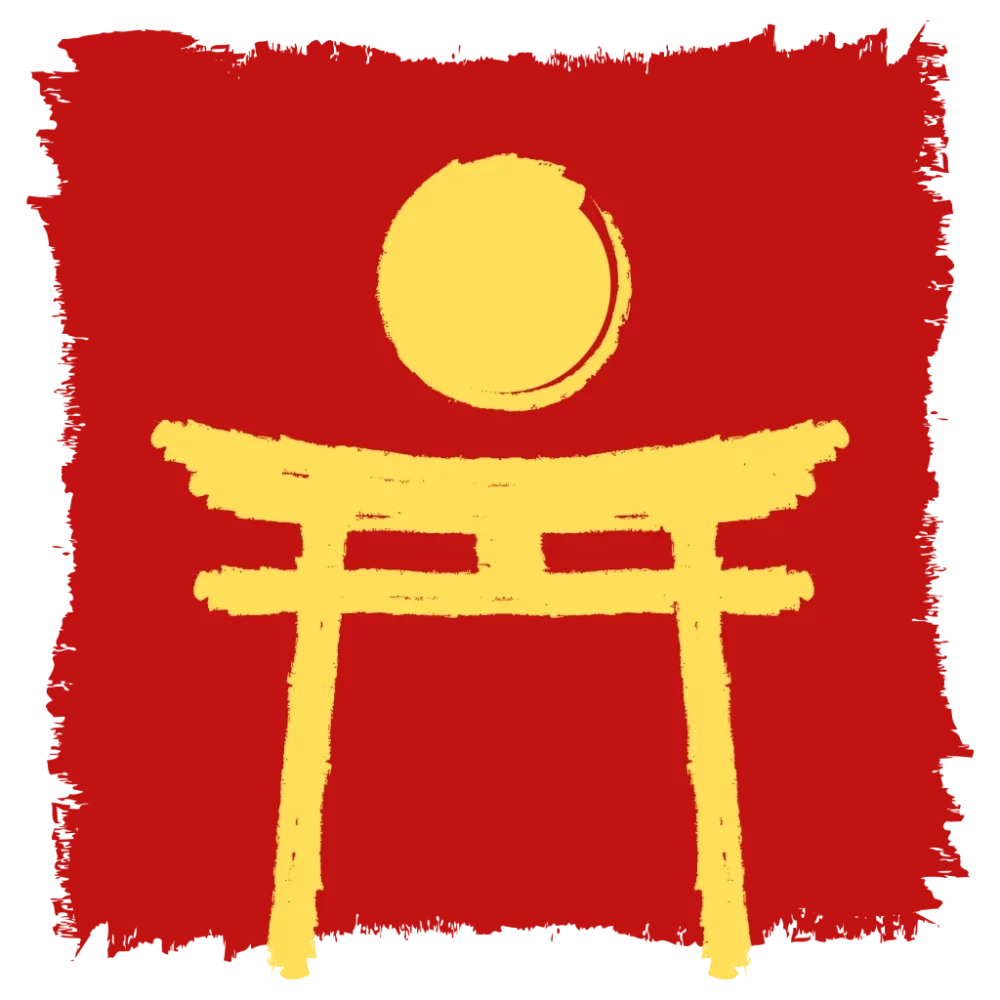An Intriguing Journey Through the Vietnamese Language
Welcome to our journey through one of Asia's most intriguing languages, it Vietnamese. Rich in history, culture and unique features, this language offers a fascinating insight into this vibrant and dynamic country.
1. The Origin of the Vietnamese Language
The Vietnamese language belongs to the Austroasiatic language family, with close relatives such as Khmer and Mon. However, it has also undergone many influences from other languages, especially Chinese, due to the long-standing historical ties between the two countries.
2. The Vietnamese Alphabet
Unlike many other East Asian languages, Vietnamese uses a modified version of the Latin alphabet known as quoc ngu. This alphabet, introduced by French missionaries in the 17th century, has 29 letters, including special characters and diacritics to indicate tones.
3. The Tonal Language
Vietnamese is a tonal language, meaning the meaning of a word can change depending on the pitch at which it is spoken. There are six different tones in Vietnamese, each with its own specific intonation and pitch pattern.
4. The Importance of Respect and Hierarchy
In the Vietnamese language, using the correct title is very important. These terms of address indicate the social status, age and gender of the person. Using the correct title shows respect and understanding of Vietnamese culture and social hierarchy.
5. Challenges in Learning Vietnamese
Although learning Vietnamese is a fascinating challenge, it can also be somewhat intimidating due to its tonal nature and unique alphabet. However, with patience, perseverance and practice, one can certainly achieve success in mastering this fascinating language.
Rich in history and culture, the Vietnamese language is a fascinating language to learn and explore. Whether you plan to visit Vietnam, study or simply expand your linguistic horizons, learning Vietnamese will undoubtedly be a rewarding and enriching experience.

